
Paul Mathias Padua: Sensitive power nature
Paul Mathias Padua was born out of wedlock in Salzburg in 1903. He never met his father, his mother ignored him and even blamed him for her misfortune, telling her son that she should have drowned him in the bath. The little boy then ends up with his grandfather in Geiselhöring in Lower Bavaria, where he grows up in poor circumstances. He attended school, worked in the fields on the side and began drawing at an early age. "The area was so rural that I was rooted to the farmers all my life. I grew up to be a strong lad, which is why I was quite fond of a painter who did a lot of heavy athletics, Wilhelm Leibl", describes Padua, who was once aptly described as a "sensitive powerhouse".
As an artist, Padua stands between tradition and modernity. Initially influenced by the Leibl circle, he later developed an independent painting style influenced by New Objectivity.
Padua's oeuvre includes numerous works with rural subjects, as well as several portraits of famous contemporaries (including Franz Lehár, Gerhart Hauptmann - and Benito Mussolini) and sultry nudes, luminous still lifes and serene landscape scenes that reveal Padua's attachment to his Bavarian homeland. In the end, it is always the people with their unique personalities who are the focus of his artistic interest. This is particularly evident in Padua's peasant portraits, which impress with the simplicity of their depiction and the use of the most modern stylistic devices to depict the peasant genre. At the beginning of Padua's artistic development, such deeply honest and expressive paintings almost exclusively determined the content of his painting. They can be interpreted as Padua's artistic bow to the deprived rural world - a world with which he had been familiar since childhood and with which he identified. Not much happens in these pictures: men drinking beer, thoughtful farmers in their Sunday best, young couples gazing ahead. Everything seems a little sober, but that is intentional.
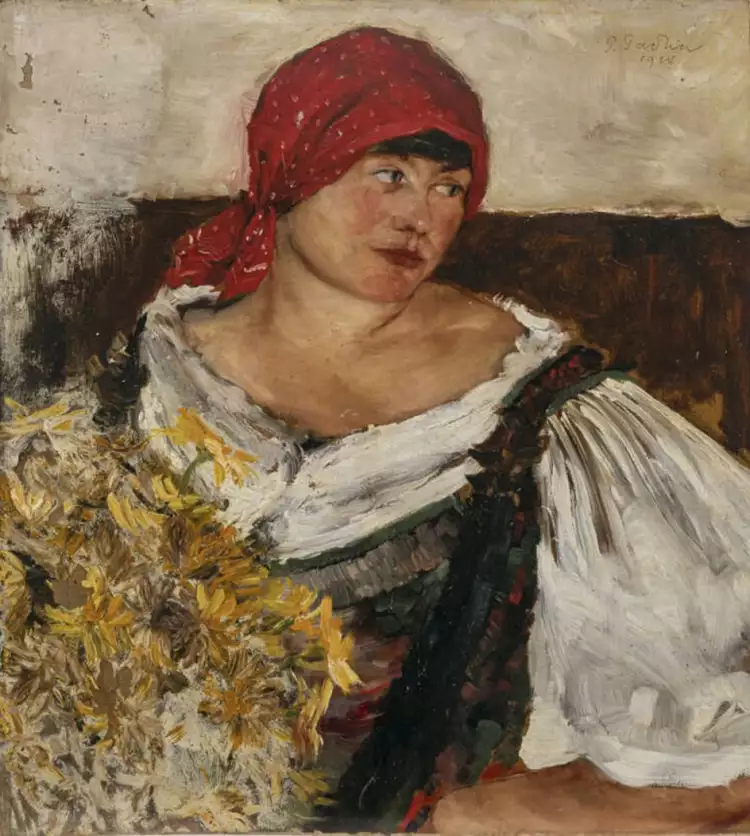 Paul Mathias Padua. Young peasant woman with red headscarf and yellow basket of flowers, 1928
Paul Mathias Padua. Young peasant woman with red headscarf and yellow basket of flowers, 1928
Padua deliberately uses colors and staffage sparingly. Detailed backgrounds are not usually a theme. Instead, the artist likes to place his mostly serious-looking peasants in front of a monochrome background, allowing the inner monumentality of the figures, who are often marked by deprivation but nevertheless appear strong in character, dignified and self-confident, to emerge quietly and unobtrusively. He also likes to wear traditional costume, as this plays a decisive role for Padua. For the artist, it manifests the preservation of traditional order. And he likes to set small details in attractive contrast to the large monochrome areas of clothing or the background. With such paintings from the late 1920s, Padua found his own way as an artist, emancipated himself from Leibl's influence and opened himself up to the tendencies of New Objectivity - but the painter still had a long way to go.
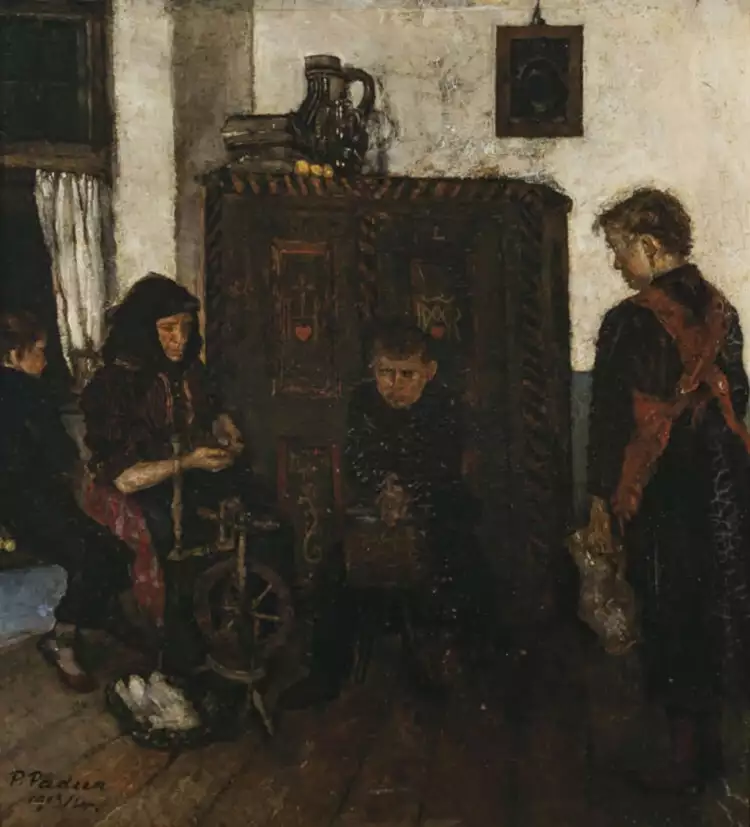 Paul Mathias Padua. Mother with children at the spinning wheel, 1923-1924
Paul Mathias Padua. Mother with children at the spinning wheel, 1923-1924
Padua's career initially took an unusual course. In a roundabout way, he ended up in Munich, where the young man was accepted at the art academy, but left after a short period of study to concentrate on painting as a self-taught artist - the right decision, as Padua achieved his artistic breakthrough during the Weimar Republic. He exhibited regularly and was honored: in 1928 with the Georg Schicht Prize for the most beautiful portrait of a woman and in 1930 with the Albrecht Dürer Prize of the City of Nuremberg. Padua soon became known far beyond Munich and also exhibited in other European countries.
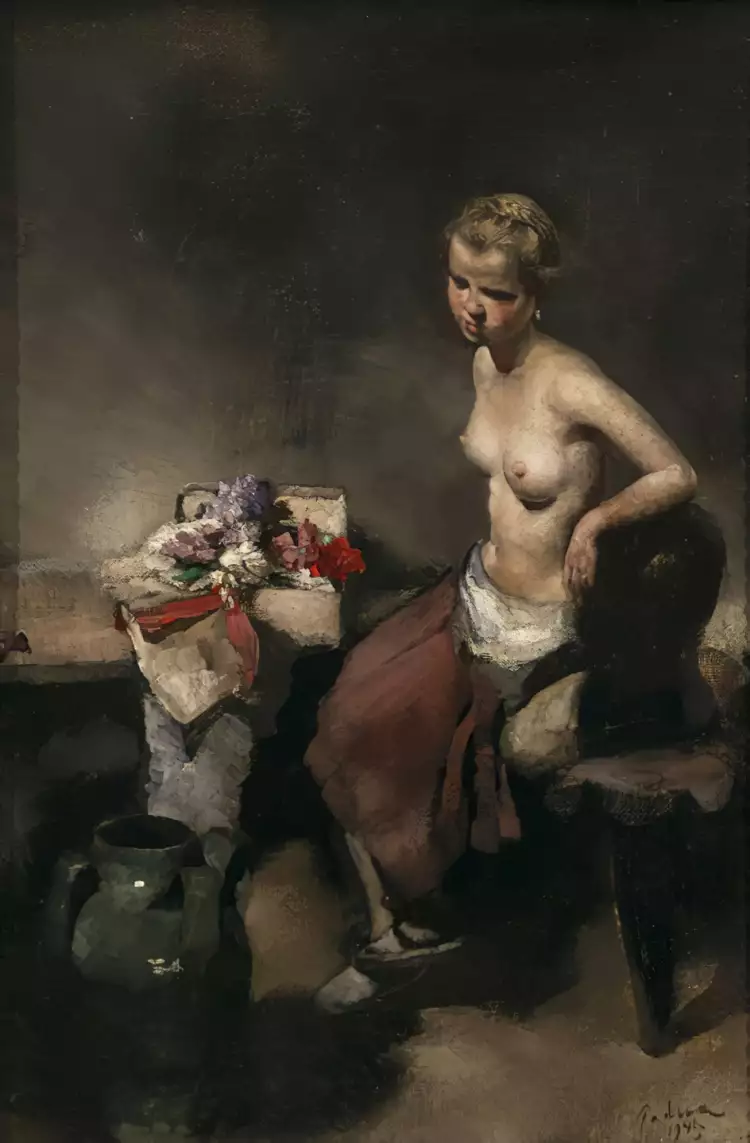 Paul Mathias Padua. Female nude in the room, 1945
Paul Mathias Padua. Female nude in the room, 1945
During the Nazi era, Padua became one of the most respected painters. While other artists were defamed as "degenerate" and deprived of their livelihood, the regime courted Padua. His realistic style and peasant motifs appealed to those in power because they were entirely in keeping with their nationalist understanding of art. From 1938 to 1944, Padua was repeatedly represented at the Great German Art Exhibitions at the Haus der Deutschen Kunst in Munich with paintings, mostly portraits, still lifes and peasant genres. In 1939, he contributed the notorious nude painting "Leda with the Swan" to the exhibition, which led to public debate due to its supposedly obscene character. At Hitler's personal request, it was nevertheless shown - and subsequently even purchased by Martin Bormann for Hitler's private rooms on the Obersalzberg. Until 1943, Padua painted some of the most famous pictures of German Nazi propaganda art, including notorious works such as "The Führer Speaks", "May 10, 1940" and "The Vacationer". In 1944, Goebbels included Padua in the "list of those pardoned by God". At times, Padua was also an official war painter in a Wehrmacht propaganda squadron. In the context of Padua's oeuvre as a whole, the few propaganda pictures created during the Nazi era are an exception. Nevertheless, such works and Padua's general popularity in the "Third Reich" cast a shadow over his artistic legacy. Accordingly, today's critics have a differentiated opinion of the artist and his work.
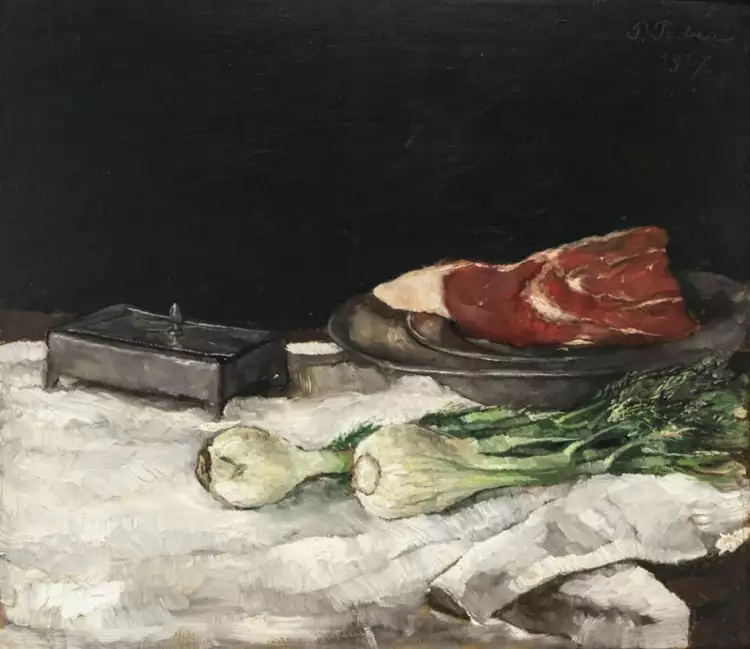 Paul Mathias Padua. Still life with fennel and meat, 1927
Paul Mathias Padua. Still life with fennel and meat, 1927
In 1951, Padua acquired a stately lakeside property in Rottach-Egern from the actor couple Max Pallenberg and Fritzi Massary-Pallenberg and opened his own "Galerie am See" in the Tegernsee valley. And despite his close involvement with Nazi art policy, the artist received numerous commissions after the war. Once again, he paints powerful and famous people such as Friedrich Flick, Herbert von Karajan, Heinz Rühmann and Franz Josef Strauß - "Der Spiegel" then describes him as the "Lenbach of the German economic miracle". At Lake Tegernsee, Padua's favorite leisure activities include long hikes, swimming, cross-country skiing and playing Schafkopfen. Otherwise, the man enjoys traveling. He spent three months in the USA and met George Grosz in 1957. In 1960, he bought a house in the Portuguese coastal town of Nazaré, where he lived and worked for longer periods every year. As a result, pure Mediterranean light found its way into his painting. Suddenly Padua's landscapes shine in vibrant colors with clear contours. On August 22, 1981, Paul Mathias Padua died of a stroke in Rottach-Egern. He is buried there in the cemetery at the Protestant Church of the Resurrection.
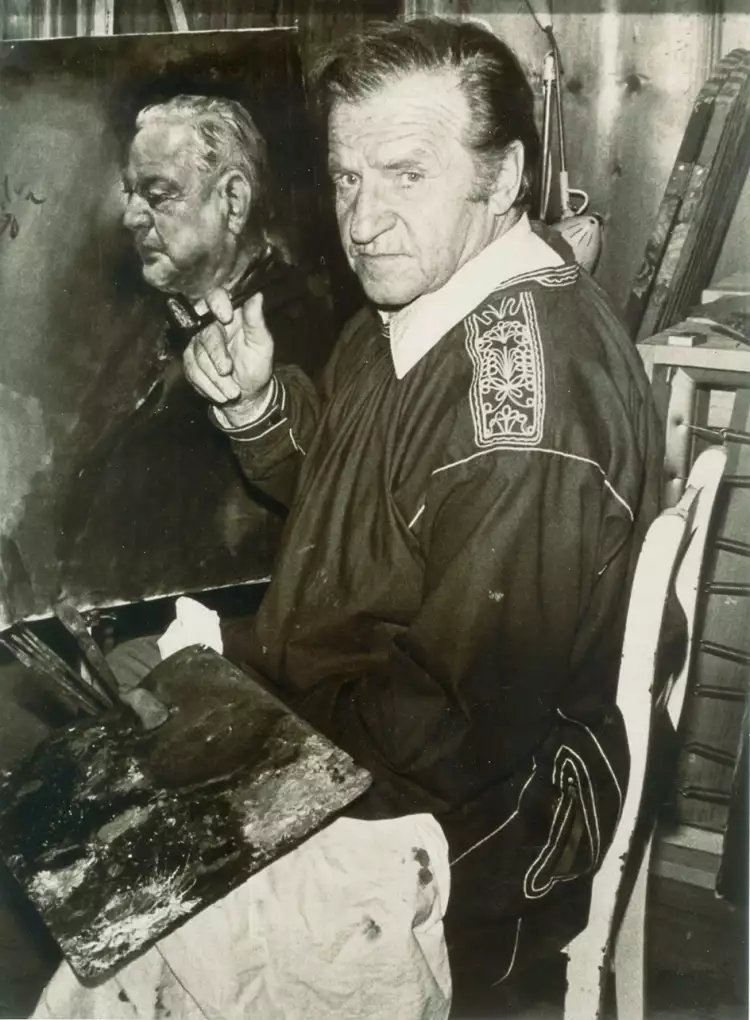
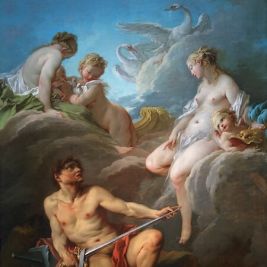 Mythological genre is the captivating world of ancient myths and legends
Mythological genre is the captivating world of ancient myths and legends 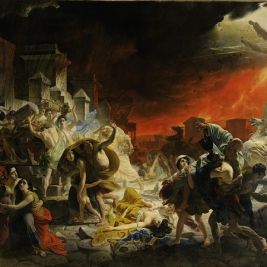 Historical Genre in Artists' Paintings
Historical Genre in Artists' Paintings 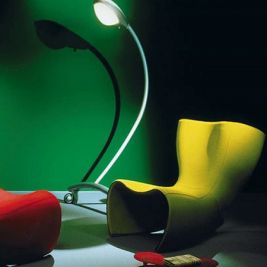 Postmodernism style in interior design - a game without rules
Postmodernism style in interior design - a game without rules 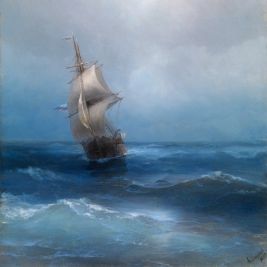 Ecole de Paris and other masters online auction on drouot.com, until 5 dec 2023
Ecole de Paris and other masters online auction on drouot.com, until 5 dec 2023 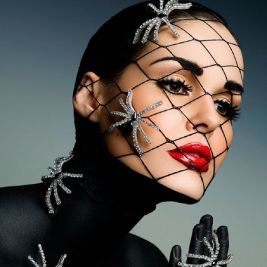 Glamour in photography is a beautiful genre with elements of elegance and luxury
Glamour in photography is a beautiful genre with elements of elegance and luxury 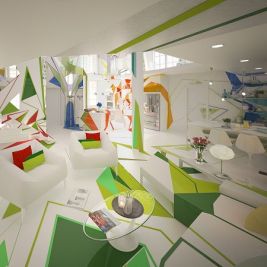 Expressionism in interior design - the style of freedom and youth
Expressionism in interior design - the style of freedom and youth 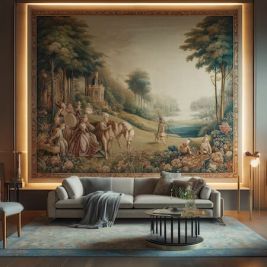 The Renaissance of Historic Tapestries
The Renaissance of Historic Tapestries 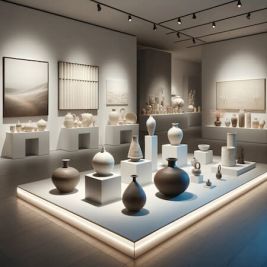 Ceramics as Fine Art: The Evolution from Craft to High Culture
Ceramics as Fine Art: The Evolution from Craft to High Culture 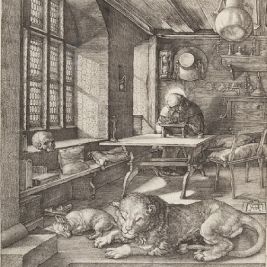 Engraving is a captivating art of creating printed images
Engraving is a captivating art of creating printed images 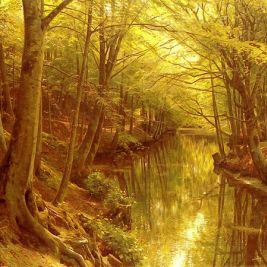 Landscape - a genre in painting: views, history, evolution
Landscape - a genre in painting: views, history, evolution